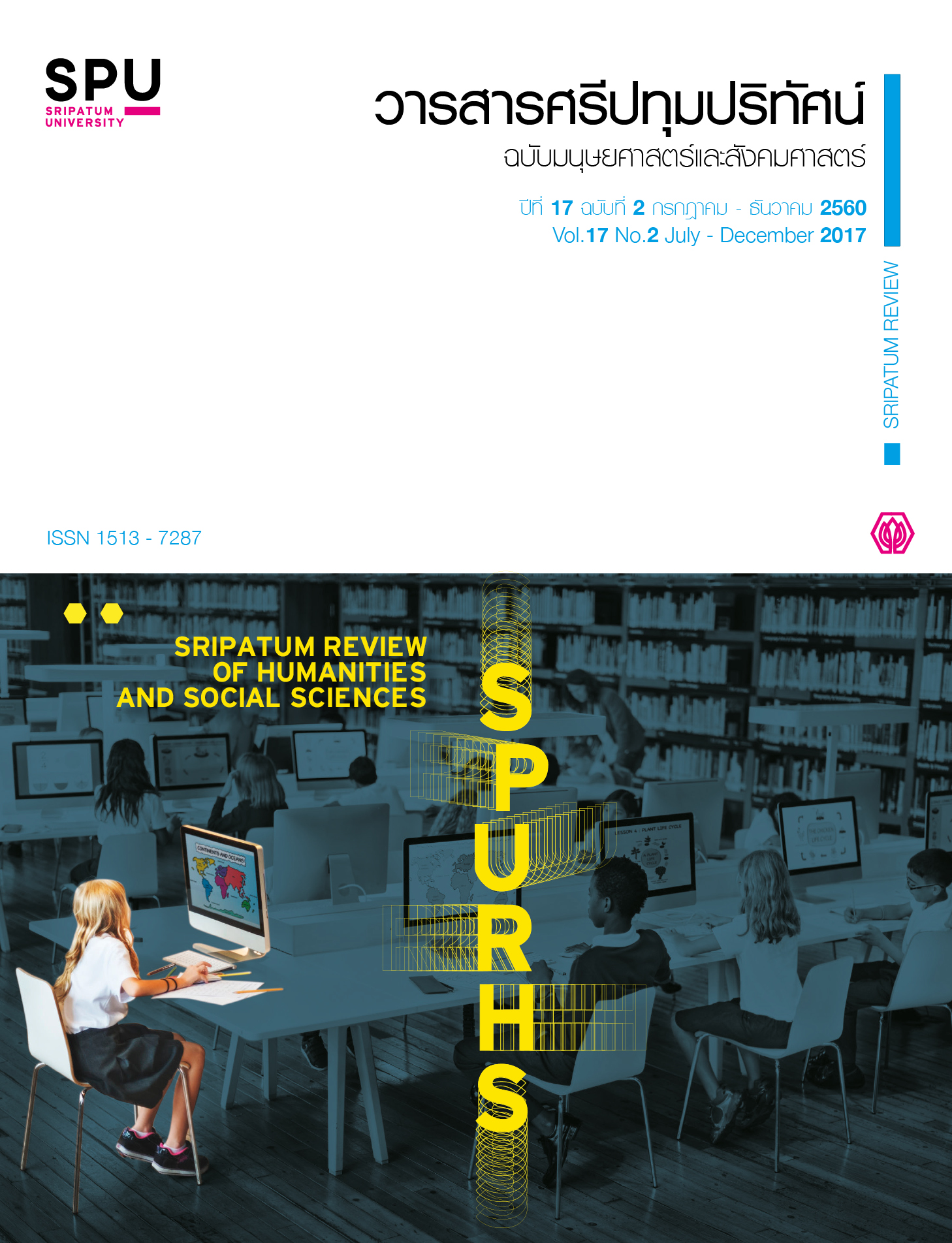ATTITUDE AND CONDITION OF MODERN FAMILY WITH CHILDFREE BY CHOICE
Main Article Content
Abstract
“Childfree by choice” is a popular idea of new modern family, but it causes a continuous low birth rate in the country. This quantitative research analyzes the childfree attitude of couples that had middle to high incomes and lived in the city. The result shows that respondents which have an unsecured work position with high competition, and with high level of anxiety on income tend to want to have a childfree family. Furthermore, the main attitudes of the sample group are the emphasis on free and simple lifestyle, the anxiety over economic impacts resulted from child rearing, and negative influences from the outside society/community that have impacts on raising the family. As for the appropriate policy, the state should provide more financial incentive for child rearing, promote income security especially for self-employed workers, promote working at home, support technology for virtual office, support the simple way of child rearing, reduce competition in learning, and focus on solving social problems in the community. These policies will motivate families in the modern age to want to have children.
Article Details
1. กองบรรณาธิการสงวนสิทธิ์ในการพิจารณาและตัดสินการตีพิมพ์บทความในวารสาร
2. บทความทุกเรื่องจะได้รับการตรวจสอบทางวิชาการโดยผู้ทรงคุณวุฒิ แต่ข้อความและเนื้อหาในบทความที่ตีพิมพ์เป็นความรับผิดชอบของผู้เขียนแต่เพียงผู้เดียว มิใช่ความคิดเห็นและความรับผิดชอบของมหาวิทยาลัยศรีปทุม
3. การคัดลอกอ้างอิงต้องดำเนินการตามการปฏิบัติในหมู่นักวิชาการโดยทั่วไป และสอดคล้องกับกฎหมายที่เกี่ยวข้อง
References
นภาพร ชโยวรรณ และคณะ. 2546. ภาวะเศรษฐกิจกับการเปลี่ยนแปลงทางประชากรและครอบครัวในประเทศไทย. กรุงเทพมหานคร: วิทยาลัยประชากรศาสตร์ จุฬาลงกรณ์มหาวิทยาลัย.
นิลอุบล บัวงาม. 2545. “การสื่อสารต่างวัฒนธรรมและทัศนคติของคู่สมรสไทย-อเมริกันเกี่ยวกับบทบาทของครอบครัวและเครือญาติในชีวิตสมรส”. วิทยานิพนธ์ปริญญามหาบัณฑิต สาขาวิชาวาทวิทยา คณะวิทยาศาสตร์ จุฬาลงกรณ์มหาวิทยาลัย.
ปราโมทย์ ประสาทกุล. 2552. ประเทศไทยควรมีพลเมืองเท่าไหร่จึงจะดี. นครปฐม:สถาบันวิจัยประชากรและสังคม มหาวิทยาลัยมหิดล.
พลอยนภัส ธรรมวิชปรีชา. 2557. “ปัจจัยที่มีอิทธิพลต่อการตัดสินใจเป็นครอบครัวผู้มีรายได้แต่ไม่ต้องการมีบุตร”. การค้นคว้าอิสระ ปริญญามหาบัณฑิต สาขาวิชาการจัดการสำหรับการเป็นผู้ประกอบการ บัณฑิตวิทยาลัยการจัดการและนวัตกรรม มหาวิทยาลัยเทคโนโลยีพระจอมเกล้าธนบุรี.
สำนักงานคณะกรรมการพัฒนาการเศรษฐกิจและสังคมแห่งชาติ. 2555. “Gross Regional and Provincial Product ผลิตภัณฑ์รายภาคและจังหวัด.” สืบค้นเมื่อวันที่ 20 กันยายน 2558, จาก http://www.nesdb.go.th/ ewt_ dl_link.php?nid=5627&filename= gross _regional
สำนักงานสถิติแห่งชาติ. 2555. “ข้อมูลสถิติ.” สืบค้นเมื่อวันที่ 20 กันยายน 2558, จาก http://service.nso.go.th/nso/nsopublish/ service/servstat.html
สำนักงานสถิติแห่งชาติ. 2559. “4 ทศวรรษ การสมรสของคนไทย.” สืบค้นเมื่อวันที่ 2 กุมภาพันธ์ 2559, จาก http://www.popcensus.nso. go.th/ topic.php?cid=3
Abma, J.C. & Martinez, G.M. 2006. “Childless-ness among older women in the United States: Trends & profiles.” Journal of Marriage and Family 68, 4: 1045–1056.
Avison. M. and Furnham, A. 2015. “Personality and voluntary childlessness.” Journal Population Research 32: 45–67.
Bachu, A. 1999. “Is childlessness among American women on the rise?” Working Paper Number POP- WP037, Retrieved September20, 2015, from http:// census. gov/libraries/working papers/1999/demo/POP- twps.0037.html
Baker, M. and Milligan, K. 2013. “Boy-Girl Differences in Parental Time Investments: Evidence from Three Countries.” NBER Working Paper Number 18893: 26-27.
Blair-Loy, M. 2003. Competing devotions: Career and family among women executives. Massachusetts: Harvard University Press.
Carmichael, G.A. & Whittaker, A. 2007. “Choice and Circumstance: Qualitative insights into Contemporary Childlessness in Australia.” European Journal of Population 23: 111-143.
Craig, L. 2006. “How employed Mothers in Australia Find Time for Both Market Work and Childcare.” Journal of Family Econ Issues 28: 69-87.
Creswell, J. 2008. Educational Research: Planning, Conducting and Evaluating Quantitative and Qualitative Research. 3rd ed. New Jersey: Pearson Education Incorporate.
Duxbury, L., Medhill, J., & Lyons, S. 2005. Childfree by choice: A study of childfree women in North America. Ottawa: Centre for Research and Education on Women and Work.
Gillespie, R. 2003. “Childfree and Feminine: Understanding the Gender Identity of Voluntarily Childless Women.” Gender and Society 17, 1: 122-136.
Gray, E., Evans, A., & Reimondos, A. 2013. “Childbearing desires of childless men & women: When are goals adjusted?” Advances in life course research 18, 2: 141–149.
Heaton, T.B., Jacobson, C.K., & Holland, K. 1999. “Persistence and change in decisions to remain childless.” Journal of Marriage & the Family 61, 2: 531–539.
Hewlett, S. A. 2002. Creating a life: Professional women and the quest for children. New York: Talk Miramax.
Jamieson, S. 2004. “Likert scales: how to (ab)use them.” Medical Education 38, 12: 1217-1218.
Koropeckyj-Cox, T. Romano, V. and Moras, A. 2007. “Through the Lenses of Gender, Race, and Class:Students’ Perceptions of Childless/Childfree Individuals and Couples.” Sex Roles 56: 415–428.
Lamanna, M.A. and Riedmann, A. 2012. Marriages, Families, and Relationships Making Choices in a Diverse Society. Massachusetts: Cengage Learning.
Lunneborg, P.W. 1999. The chosen lives of childfree men. California: Greenwood Publishing Group.
Paul, P. 2001. “Childless by Choice” American Demographics 1: 1-8.
Population Reference Bureau. 2014. “World Population Data Sheet 2014”. Retrieved September 1, 2015, from http://www. prb.org/pdf14/2014-world-population-data-sheet_eng.pdf
Qu, L., Weston, R., & Kilmartin, C. 2000. “Children? No Children? The effect of changing personal relationships on decisions about having children.” Family Matters 57: 14–19.
Stevenson, B. and Wolfers, J. 2007. “Marriage and Divorce: Changes and their Driving Forces.” NBER Working Paper Number 12944: 2-6.
Thornton, A., & Young-DeMarco, L. 2001. “Four decades of trends in attitudes toward family issues in the United States: The 1960s through the 1990s.” Journal of Marriage and the Family 63: 1009–1038.
Trent, K., & South, S. 1992. “Sociodemographic status, parental background, childhood family structure, and attitudes toward family formation.” Journal of Marriage and Family 54: 427–439.
Van Anders, S. M. 2004. “Why the academic pipeline leaks: Fewer men than women perceive barriers to becoming professors.” Sex Roles 51: 511–521.
Waren, W., & Pals, H. 2013. “Comparing characteristics of voluntarily childless men and women.” Journal of Population Research 30, 2: 151–170.


